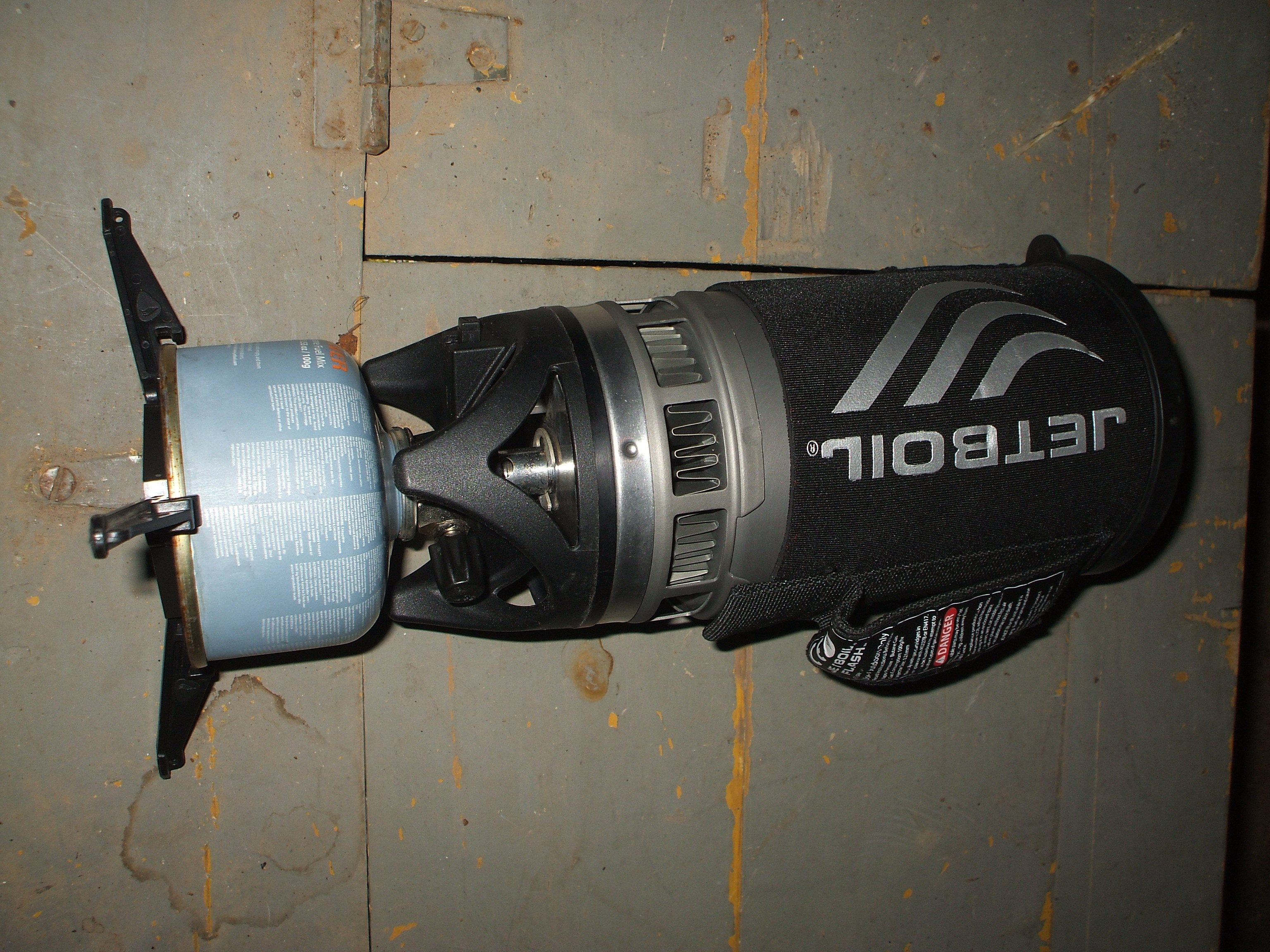
While yes there are four-seasons, the winter is one of the hardest seasons to keep yourself well-fed and hydrated while recreating in the Adirondacks. With winter comes a couple of typical excuses:
- 1) It’s cold and who would want to stop for long periods of time to eat and drink?
- 2) My water keeps freezing, and my food turns to a solid brick and loses its flavor - and I was looking so forward to enjoying it.
Knowing that I am not a doctor or nutritionist, please read a bit more of what I have learned over the years and what has worked for me. The information I will share with you is based off of my own experiences and those of others that I have spoken with over the years. In no way do I consider this to be the answer to your problems or a complete compilation of ideas and solutions for the perfect backcountry diet. What has worked for me in the past, might not work for you. However, with over 15 years of winter mountaineering, snowshoeing, slide climbing and skiing, I feel I have endured a lot and every year I learn more about the fine tweaking of my daily diet in the wilderness. The best teacher is time and experience, only you know your body and its limits.
Winter nutritional daily allowances
During a full day winter excursion it’s totally possible to burn up to 5,000 calories. Seem ridiculous? There are a few reasons for this expanded calorie burning:
- 1) You are doing the work of putting one foot in front of the other and at times with added weight on your feet. You have on snowshoes or skies, along with a larger pack with more gear for winter outings, and then the added weight of winter boots, mountaineering boots or ski boots; calories are just melting off.
- 2) It's winter, it's cold and your body needs to adjust and compensate for it. When you burn calories it produces heat, so your body burns calories to stay warm.
- 3) During the consumption of cold water, your body fights to warm the fluids you just ingested. Don’t get me wrong, drinking is very important and should not be removed from your daily diet or routine, no matter what you are doing. When combining these three facts your body will end up burning twice that of an outing in the warmer months. While I am sure there are more reasons why you burn massive calories, these three are some of the main components.
Another thought - if you feel cold, eat or drink something, your body will start to digest it and this will help bring your body temperature back up, while providing the needed calories for a day in the woods.
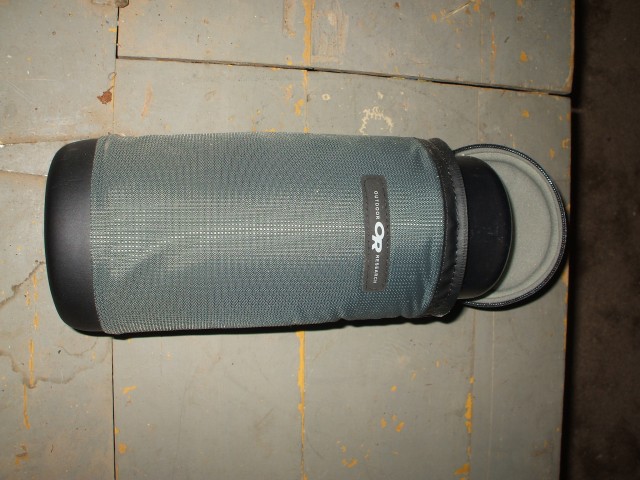
Winter water issues
As you can see, food and calories are a very important aspect to the outdoors that is just as important as the pack on your back. But just as important and often overlooked is water. I hate drinking in winter, I never feel thirsty, and the last things I want to do is drink an ice cold beverage on an ice cold day. However, I have to remind myself that it’s just as easy to get dehydrated in winter, mainly because it’s harder to recognize it. The most common sign of dehydration in the winter, that I have recognized, is cramping and being colder than usual. Another key sign is very yellow urine with a strong odor; or the lack of the need to urinate.
Water is one of the toughest elements of your pack to deal with. Water freezes, its heavy, your filters are pretty much useless, but you have to have it.
Water filtering: Still a good idea, but the problem is, once you use your filter it will most likely freeze. If your filter freezes you can’t use it and you also run the risk of the filter or the body of the filter breaking due to the expansion of the water during the freezing process. If you do bring a filter and use it, you may only be able to use it once. If you do use it once, break it down and completely empty it of water and leave it apart in your pack to reduce the chances of damaging your equipment; but now you run the risk of contaminating the filter and getting other contents of your pack wet - so bag it in a zip lock bag. The best alternative I have found for winter water purification is the Steripen. The Steripen uses light to purify water, similar to what many institutions use. The main issue is the batteries getting too cold and not working properly. Be sure to use lithium batteries to reduce this issue and keep the unit warm whenever possible; in an inside pocket of a jacket works well. Also, since the unit goes in the water and not the water in the unit, there is a very limited chance that water will injure your device. However the bulb is delicate, so it should be handled with care and in cold weather everything is more fragile.
Freezing water: This is a real annoyance, but one that can be resolved. There are few ways to keep your water from freezing - or at least slow down the freezing process.
- 1) Electrolytes will slow down the freezing process because of the sugars. Have you ever noticed that Gatorade turns into more slush than a solid block?
- 2) Insulate your water bottle with either a mountaineering sock or a water bottle parka (insulated water sleeve). Many companies make these, but the best ones I have found are made by Outdoor Research (OR). You could also place a hand warmer in the insulated sleeve to help keep the water at an even warmer temperature.
- 3) Keep your water upside down in your pack. Make sure the top is on tight though. Seems odd I know. But, does the bottom of your water bottle ever freeze? No! So make the bottom of your water bottle the top by inverting it. Water freezes where the air is, usually at the top of your water bottle - so make the bottom the top and you are pretty much all set.
- 4) Keep your water bottle as full as you can, but that doesn’t mean don’t drink. If you have the opportunity to refill your bottle, do it. If you are hiking with someone you don’t mind sharing with, drink out of the same water bottle. Doing this allows you to have only one bottle partially full or partially empty, depending on your viewpoint.
- 5) Don’t use a bladder if you are going out for more than 6-hours; no matter the time length, buy an insulated hose. The insulated hoses still freeze quicker than a water bottle, but not as fast as the ones that are not insulated. There is talk of a blowback method. This is the act of blowing the water back into the bladder after each use. This kind of works, but you can never blow all the water back. Also less water in the hose will freeze faster than a full hose.
- 6) Stay inside; wait, that’s just ridiculous, go play!!!
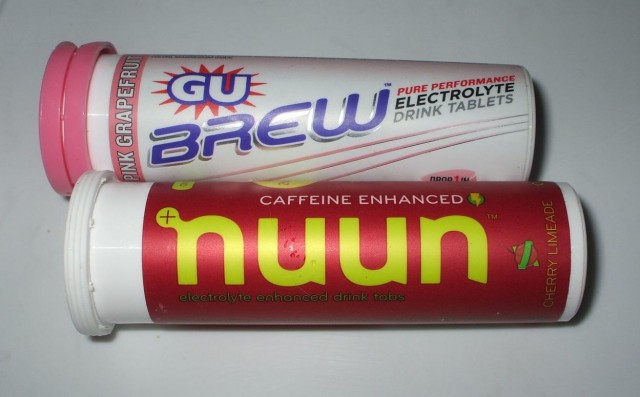
Other nutritional thoughts and wonderings
Electrolytes: You lose electrolytes on a consistent basis all day long. When you are working out and sweating, you lose them even faster; winter is no different. It’s a great idea to have one of your water bottles with an electrolyte supplement. Energy chews with additional electrolytes or sodium also work well to supplement.
Hot drinks: This is a great idea if you don’t mind the added weight of the thermos. You also have the option of carrying a Jetboil stove to warm water or melt snow for a hot cup of tea or cocoa. Hot Tang, dry cider mix, and instant coffee are all light weight and easy to carry. Add honey to your drink for added flavor and calories for the day. Add a few dashes of salt to your cocoa for a great flavor and to add electrolytes to your drink.
Caffeine: Be very careful here. If you start out too pumped up from caffeine you can crash before you summit out. Small amounts are okay, and then reevaluate your needs as the day progresses. Caffeine is a diuretic and in many cases can dehydrate you more than you think.
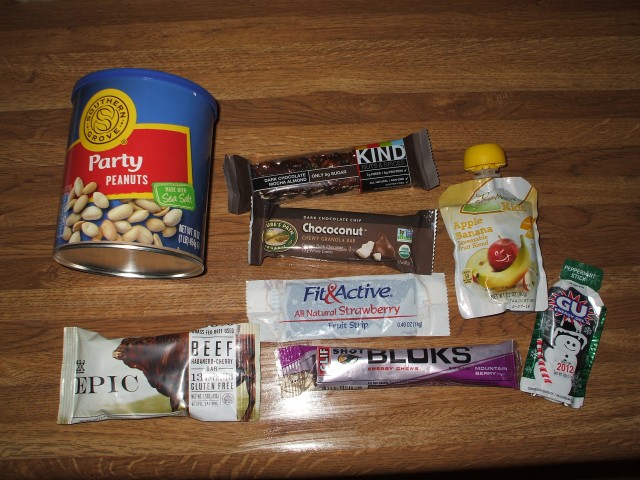
Food selection
Just as important as your liquid, is your food intake and selection. Being in the woods shouldn’t change the course of your day as far as nutrition is concerned. I have this pocket in the inner jacket that I call “The Oven,” it’s the pocket closest to my core on the inside of second layer or bibs. The food I keep in here stays almost oven warm at times, and sometimes they melt; so don’t store chocolate there, unless you want a fondue. It is important to keep your food palatable, which is hard to do if it freezes. Frozen food loses flavor and makes it even harder to want to eat.
Breakfast: A good hearty breakfast is what you truly need for the day. I’m not saying go and eat a huge “Mountainman” plate at the local diner then try and hike, but do plan a good wholesome breakfast to get you started. Get some carbs in you before you head out - pancakes, oatmeal, waffles, French toast, etc… Try and stay away from too much grease in your breakfast, it has the tendency to upset stomachs during the initial part of the day. I know coffee is key for some people, but it upsets my stomach if I have too much, and although caffeine can feel great right out of the gate you can crash pretty hard at the end of the day if you are not careful.
Snacks: Snacks are very important and should be considered for sustainable energy. Snack often and keep them easily accessible to reduce the hassle of taking off your pack. These are the foods you should keep in that “oven pocket.” They are individually wrapped and easy to snack on without removing your pack or even stopping for too long. Protein bars, energy bars, energy gels, energy chews, granola bars, GORP, M&M’s, nuts, raisins, grapes, and many more options for bite size snacks that fit great in a pocket. Many energy bars and gels taste a bit on the unpleasant side to be honest, but there are also many that taste very close to candy. You are simply going to have to try them and see what you think.
Lunch: This meal is the one most often skipped or replaced with additional snacking; I do it too. It’s very hard to keep your lunch from freezing and most often it’s hard to fit a sandwich in your pocket to keep it for solidifying. It’s also difficult to stop for too long without getting a deep chill; another reason most people avoid lunch. Try a thermos of soup, they are heavier but help warm you up a bit; they don’t freeze and are easy to eat. Use more of a broth type soup rather than a creamy soup as creamy soups tend to cool off quite a bit faster. If you plan to supplement with more snacks rather than a meal, be sure to have a well-rounded selection. Add beef jerky, soy jerky, and maybe some cheese. Be sure to get your protein throughout the day, not just sugars and carbs.
Dinner: This is more in regards to winter camping. Dinner is the best way to keep warm at night. Eat plenty of hot foods (not spicy). This will help insulate you from the inside and keep your body generating heat to digest it. Carbs are not as necessary at night because you are less active, but they don’t hurt and the body will produce added heat to break these down. Freeze dried meals are the easiest for winter camping, reducing the prep time and eliminating cleanup time. Many freeze dried meals have a ton of added salt but are packed with calories; this can be a good thing. Be aware they will make you more thirsty, keep additional water handy.
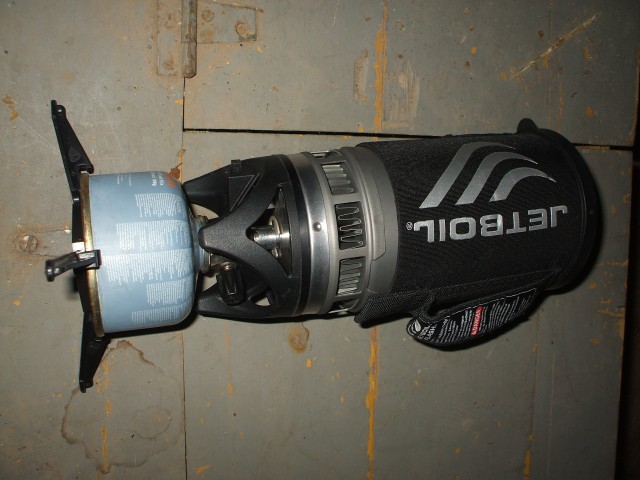
Alcohol
Sure who doesn’t like a nice stiff drink to warm up or a tasty beer after a long hike? Not a great idea, if you are still in the woods. There all sorts of warnings about drinking alcohol in winter and the studies show that it can impair judgment, cause loss of coordination, increase the chance of dehydration, speed up the process of hypothermia, etc... This increase in hypothermia hazards are based on what is called vasodilation. Vasodilation can increase blood flow to your extremities, but cool down your core; just the opposite of your body's main job to protect its core and the vital organs that are within. Best to not drink too much while adventuring in winter, save that for when you get out.
Still have questions about food and nutrition, you could swing into a local gear shop to get advice from other outdoor enthusiasts. You should also consult your doctor to see what they recommend, especially if you have dietary needs or concerns. There are plenty of books out there on outdoor and sport nutrition, look one up at a local bookstore. Want to get out and play and learn firsthand what works; hire a local guide to give you an introductory course in winter activities from hiking to camping, and from mountaineering to back-country skiing.
